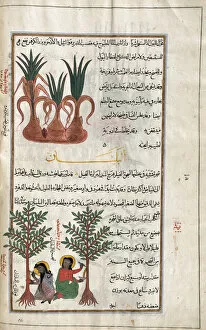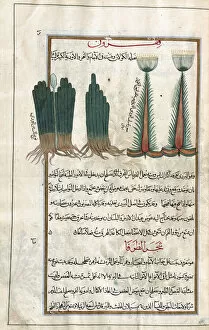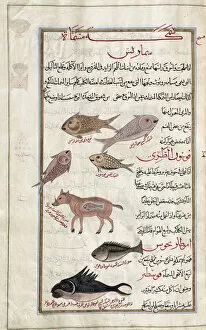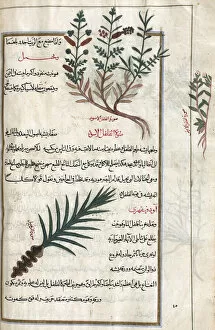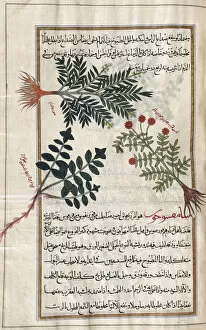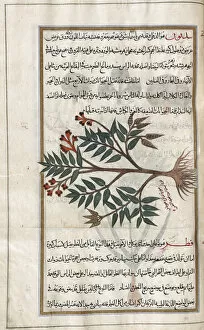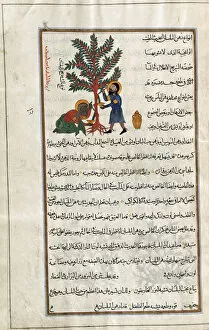Mirza Baqir Collection
Mirza Baqir, a talented artist from 19th century Iran
All Professionally Made to Order for Quick Shipping
Mirza Baqir, a talented artist from 19th century Iran, left behind a remarkable legacy through his illustrations in the ancient Greek physician and botanist Pedanius Dioscorides's work, De Materia Medica. His attention to detail and skillful hand brought to life various creatures and plants that were documented in this influential book. One of Baqir's notable illustrations showcases an ass (Equus hemionus) at the top, contrasting with a horse (Equus caballus) at the bottom. The accuracy of his depiction captures the distinct characteristics of these animals. In another artwork, Baqir presents us with a hippopotamus (Hippopotamus amphibius), accompanied by a sea sheep and three varieties of sea dog. These marine creatures are beautifully portrayed, showcasing Baqir's ability to capture their essence on paper. Baqir also delves into botanical illustrations, as seen in his depiction of an unidentified plant at the top followed by a balsam tree from the Commiphora genus. His intricate rendering allows us to appreciate the intricacies of these plants. Furthermore, Baqir illustrates two varieties of Sweet flag (Acorus calamus), highlighting their unique features. He also captures three types of Gladdon or Iris foetidissima with great precision and artistry. Nardostachys jatamansi is another subject explored by Baqir; he portrays three varieties in stunning detail. Their delicate beauty is expertly conveyed through his brushstrokes. Moving onto trees, Baqir depicts two variations of tamarisk trees (Tamarix gallica). The elegance and gracefulness emanating from these artworks demonstrate his mastery over botanical illustration. Papyrus antiquorum is showcased next—a plant identified as papyrus—through yet another breathtaking illustration by Mirza Baqir. Its significance within ancient cultures comes alive under his skilled hand.



